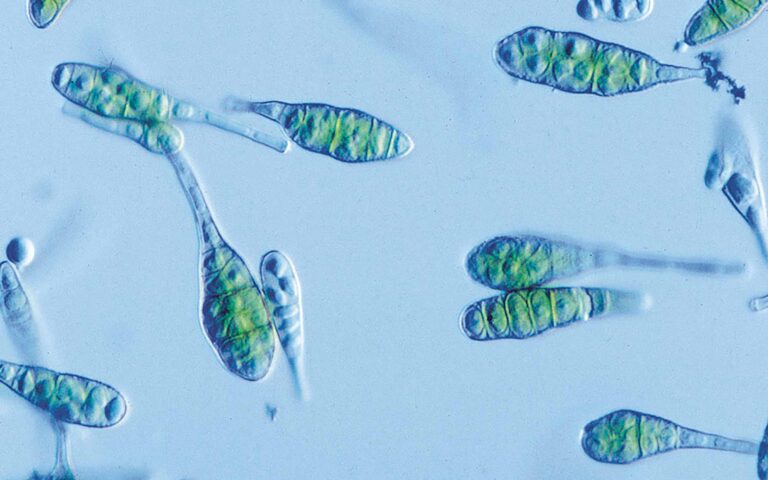Mites are microscopic organisms belonging to the spider family. Two main groups of mites are known to cause respiratory allergy; house dust mites and storage mites. House dust mites are commonly found in human homes whereas storage mites are typically found in hay and grain storage facilities. Examples of house dust mites are Dermatophagoides pteronyssinus, Dermatophagoides farinae and Dermatophagoides microceras, and examples of storage mites are Blomia tropicalis, Lepidoglyphus destructor, Acarus siro and Tyrophagus putrescentiae.
House dust mites
Globally, allergenic proteins from house dust mites are the major triggers of respiratory allergy. In fact, it is believed that approximately 50 % of all allergic patients are sensitive to allergens from house dust mites. House dust mite allergy often manifests both as rhinitis and asthma, and many patients remain sub-optimally treated.
House dust mites have a complicated life-cycle, spanning egg, larva and nymph stages, before developing into an adult mite. They thrive in humid climates and are found in the homes of humans, especially in beds or textiles, such as carpets, where they feed on human skin scales and microorganisms. Due to their inability to drink, they are dependent on a humid micro-climate to absorb water. The typical life span of a house dust mite is approximately two months, including approximately one month in the development stages. The typical size of an adult mite is 0.25-0.35 mm.
Most relevant from a clinical perspective are the two species Dermatophagoides pteronyssinus and Dermatophagoides farinae. These two species are both well distributed all over the world and their allergens are highly cross-reactive. Out of the more than 15 different allergenic proteins that have been identified from each species, group 1 and group 2 allergens (i.e. Der p/f 1 and Der p/f2), are recognized as the most clinically important. However, evidence suggests that other allergens can also play a role in house dust mite allergy.





